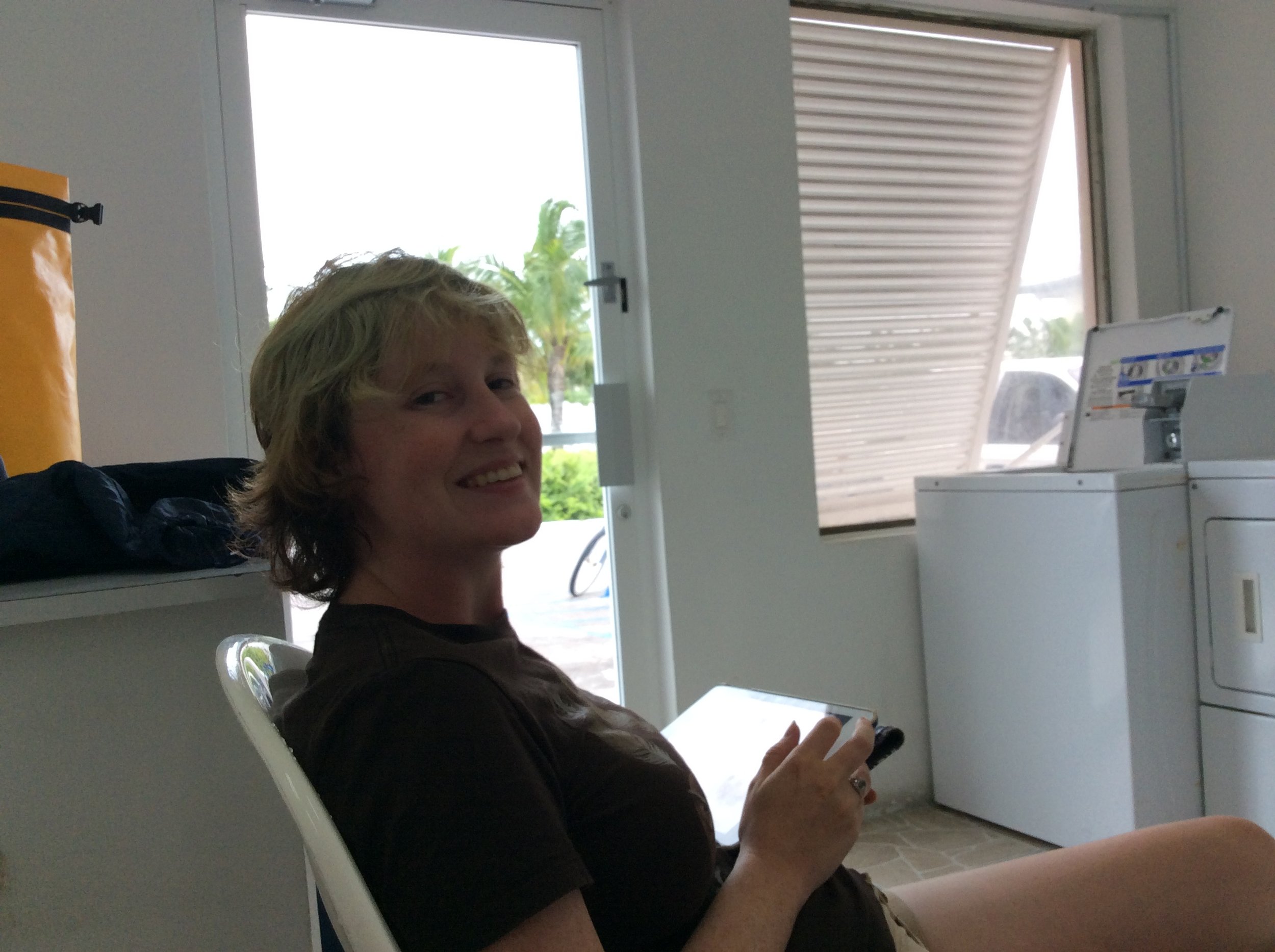When shopping for a dinghy, you might be looking at the cost of owning and operating the dinghy. How much fuel will it burn, how fast can it go, how many people can it carry. In the US, dinghy docking is a flat rate, so it is rarely considered in the equation. If you plan to travel internationally, it should be on your list of considerations.
In the US, we found that dinghy docks ranged in price from Free to $5 per day. They didn't care how big your dinghy was, if you tie up, you had to pay a flat rate. For a long time, we towed behind us our 13 foot dinghy. It was very stable, rowed quickly, and gave us a very dry ride. The problem with this dinghy is it didn't fit on our deck, and since we were going to be crossing oceans, we wanted to carry our dinghy instead of towing it.
We began the search for a dinghy that would fit on our deck, and due to size constraints, it needed to be rather small.
We found our current dinghy on Craigslist for $300. It's a 7 foot catamaran dinghy that is stable and can carry a lot of load, but it isn't a very dry ride if the wind is against you. It also doesn't tow as well, and since it has such a short waterline, it doesn't move very quickly either. That being said, it get us to shore and back, and it fits on our deck.
In the Bahamas, there are two types of cruisers:
1. Rich people in marinas
2. Not rich people at anchor
The rich people in marinas are usually sporting yachts that are around 100 feet in length. They tie up in marinas that range in price from $4-$14 per foot per day, meaning that these people are paying around $400 to $1400 per day to be in a marina. For not rich people, this sounds ridiculous, so we anchor near shore where it is free.
The way the not rich people get to shore is they take their dinghy and land it on a beach. In deserted islands, this works wonderfully well, as you land on your own private island with no one and nothing around you! When you get to developed islands, things change.
In the Bahamas, all beaches are considered public property. The issue is very wealthy people will build their mansions along the beach and would rather not have people walking by their vacation homes. Since they can't restrict people from the beach, they simply restrict people's ability to get to the beach.
If you land by boat, you can relax on the beach, but you can't get into land to provision or go out for the night. If you are on land, you can't get to the beach because they have built a wall that literally runs the entire length of the beach and road. In one rather extreme situation, the entire peninsula was privately owned, blocked off by a tall wall and patrolled by several guards. The beaches were also patrolled by guards, making sure that you don't try and "sneak" your way to the main road.
In other words, the only way to get to shore in these areas is to pay to tie up at the marina. Instead of paying to tie up your large cruising yacht, we have found that you can just as easily pay to tie up your dinghy. They don't have a dinghy rate here, but instead charge by the foot.
In this case, having the shortest, but widest, dinghy you can get will pay huge dividends when it comes time to tie up in a fancy marina to go to shore.






